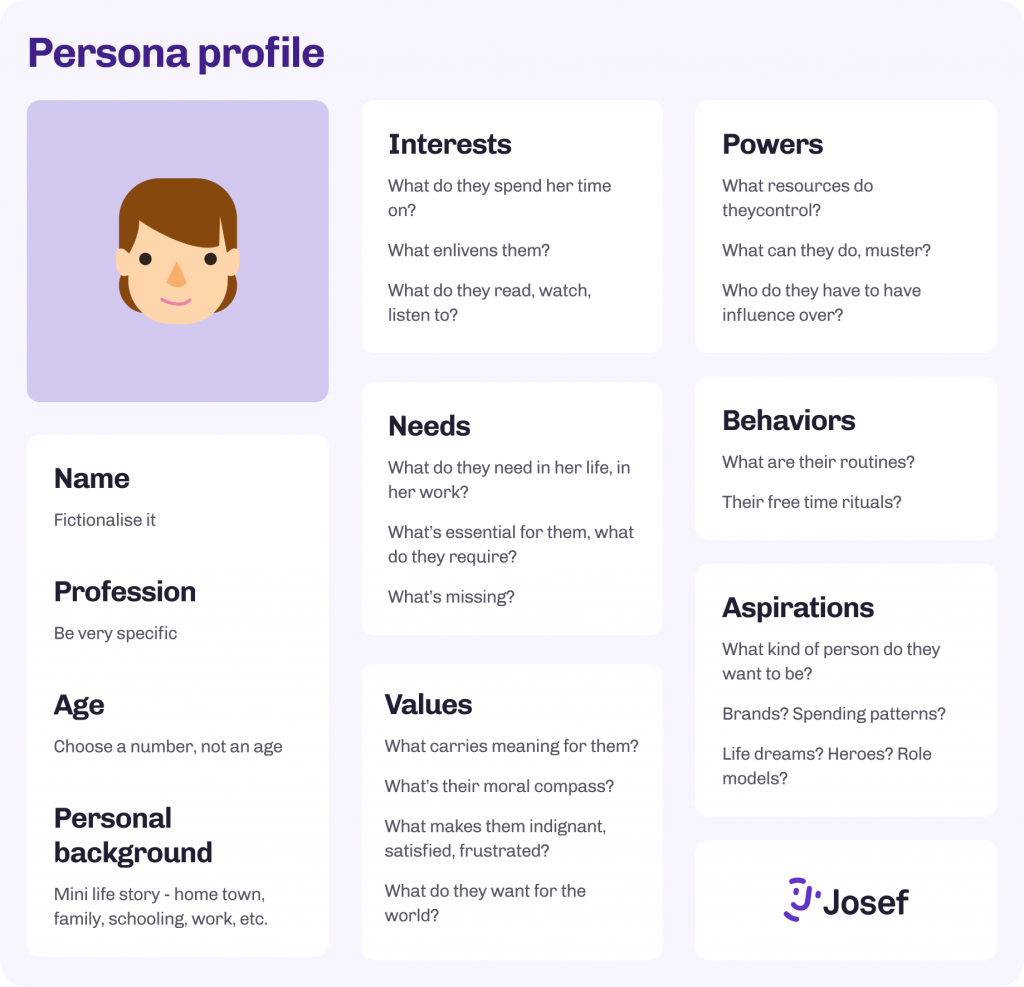Who am I building this bot for?
Expected completion 10 minutes.
Service design for lawyers
Successful companies are typically obsessed with delighting their customers so they keep coming back. The lawyer-client relationship offers a unique advantage. Few other client relationships are as protected and personal.
Similarly, when building a legal bot it’s important to start by understanding who you’re designing the service for, what they want, and how to maximise the value they get out of it.
Who am I building for?
Think about not just who will use your bot, but who will be affected by it. Consider the front-stage and the back-stage of the process. On the front stage, who is using the bot? Who interacts with the output, such as a document or an email? On the back stage, who is involved in delivering the service? Who has overall responsibility or ownership for the service?
What happens back-stage has just as much impact on the overall service delivered as the front-stage. Let’s take a look at an example. A corporate legal team wants to automate a tedious, frequently requested, and repetitive legal document.
Front stage:
- Department employees will interact with the bot to generate the document.
- Department heads will use the document
Back stage:
- A Lawyer is responsible for reviewing and delivering the document to teams
- The Head of Legal is responsible for overall quality of legal documents
Get to know your users and stakeholders!
What do they want? What motivates them? What are their pain points? As you design and build your bot, understanding who your users are will help you create a product that is useful, valuable and enjoyable for your users, and thus more successful.
For example, if you discover that your typical user doesn’t understand legal jargon, you’ll know to make sure all messages are in plain language and to define any legal terms for them.
The simplest way to get this information is to ask. In Module 1 you learned that one of the ways to come up with an idea is to interview a colleague or a client. That technique is helpful here too. If you did interview someone, use what you learned to consider what your stakeholders want and need from your bot. Or if you didn’t, try it out now with the users and stakeholders you’ve just identified.
Another design tool we can use is personas. Personas are used in user experience design as a way to quickly develop an empathetic framework of our users’ context, motivations, needs and approach to the product or service when we don’t have the opportunity to talk to them directly.
Here is an example of a persona:

You can see that it acts as a snapshot of the user that helps us better understand how to design a bot, or any product or service, to best satisfy the user.
Create your own personas
There are many different ways to create personas, and they don’t need to be as detailed or as styled as the example above. Borrowing from legal design experts around the world and subject experts at Josef, we’ve created a short guide to help you create your own user personas.
Download the user persona guide to start creating personas for all your stakeholders.
If you only have time to create one or two personas, focus on those that will use your bot and are most affected by it. Well-developed personas for key stakeholders will help you empathise with the people you’re designing that service for. We’ll refer back to these personas in future modules.
Once you’ve identified who your users and stakeholders are and gotten to know them a little bit, head over to the next Session to start thinking about where your bot will fit into your daily work.